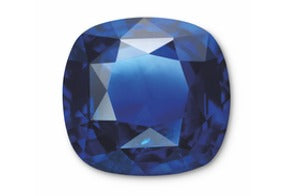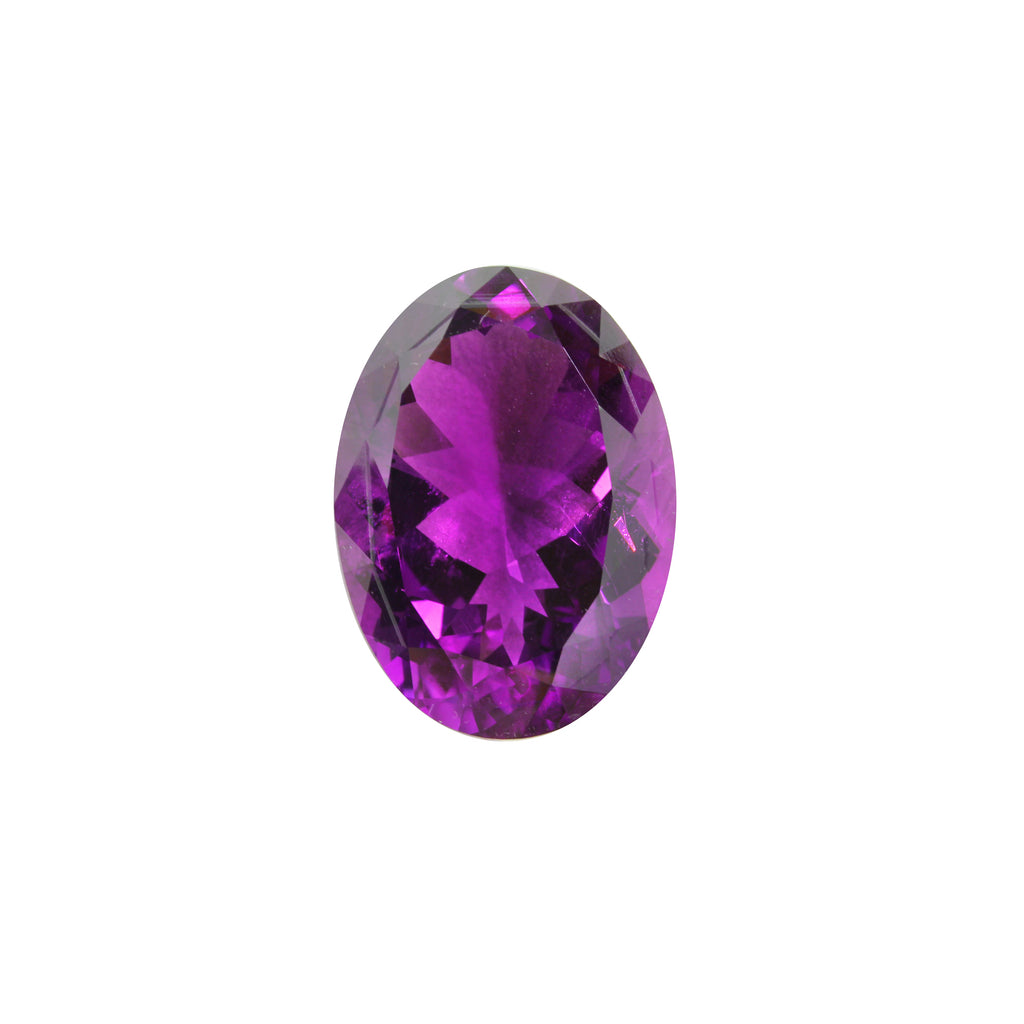A to Z of Gemstones: A: Amethyst
AMETHYST
Gemstone Family: Quartz
Crystal System: Trigonal
Moh's scale of hardness: 7
Lustre: Vitreous
Birthstone: February
About: Amethyst is the purple variety of Quartz and it comes in every tone and hue ranging from reddish purple to violetish purple. These colours are caused by colour centres. Normally, amethysts are free from inclusions but they usually have colour-zoning and a typical inclusion of the stone is what is known as “zebra stripes” or “soap scum” which refer to parallel liquid inclusions.
Origin: The main sources where amethyst is found are: Zambia, Brazil, Uruguay and other areas of Africa and South America.
Use in jewellery: Amethyst’s lustre and durable hardness make, it suitable for jewellery that has secure settings to protect the stone from wear. Depending on the transparency of the stone which can be anything between transparent to opaque, amethysts are cut into faceted gems, cabochons, beads or shaped into carvings. Very commonly they are left intact as geodes, natural specimens of crystals still attached to their host-rock, that become beautiful decorative ornaments.
Treatments, synthetics and imitations: The most common treatment for amethyst is heating in order to enhance or create the desirable vibrant purple hues. Synthetic amethyst has been widely traded since 1970. It has the same chemical properties as natural amethyst and because natural amethyst usually does not demand very high prices, the synthetic value is very similar. Nevertheless, synthetics should always be disclosed as such. Materials that are most commonly used to imitate amethyst are glass and plastic.
Famous examples: The “Empress of Uruguay” is the largest amethyst geode in the world. It is over three meters tall, weighing two and a half tonnes and it resides in Australia.
Healing properties: The name Amethyst is derived from the Greek word “amethystos” that means intoxicated, referring to the belief that the wearers of the stones were protected from intoxication.


















